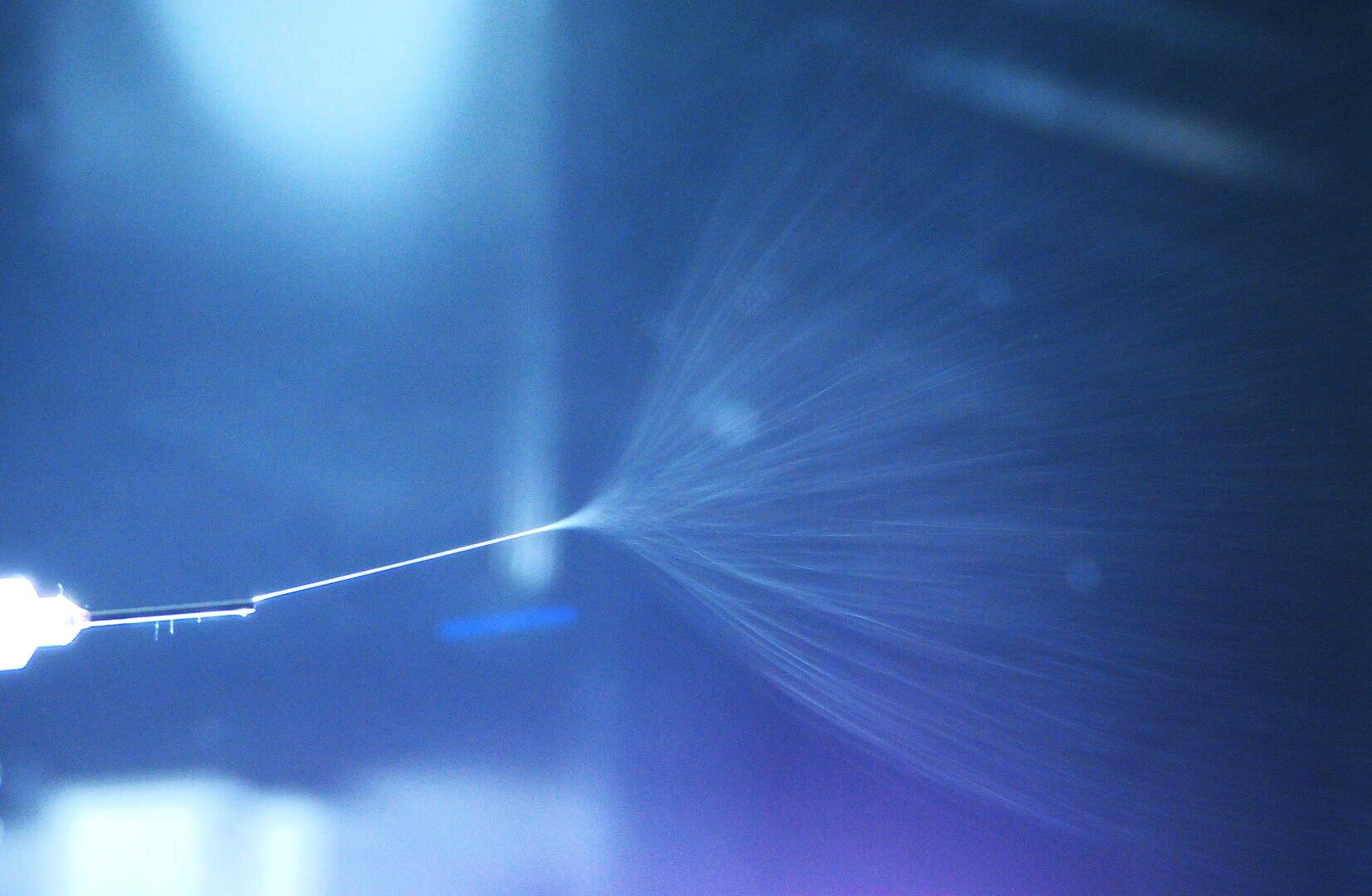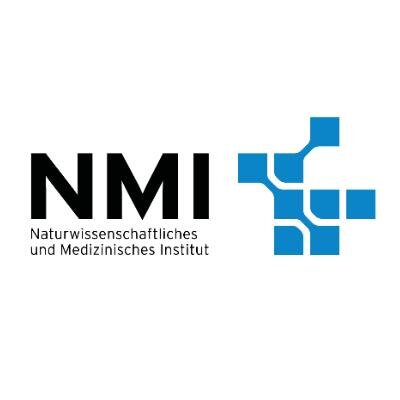Wound monitoring using sensory nanofibers
To monitor the condition of chronic wounds, the dressing must be changed at short intervals. This delays wound healing and puts a strain on patients. In the WOUNDSENS project, NMI researchers want to develop innovative wound dressings that send information about the wound to the outside world.
To monitor the condition of chronic wounds, the dressing must be changed at short intervals. This delays wound healing and puts a strain on patients. In the WOUNDSENS project, NMI researchers want to develop innovative wound dressings that send information about the wound to the outside world.
More than 160 million people worldwide suffer from chronic wounds. Until now, it has only been possible to control these wounds by removing the dressing - thereby delaying wound healing. Together with project partners from the Institute Jean Lamour at the Université de Lorraine and the Spanish company EvoEnzyme SL, researchers at the NMI want to develop new types of wound dressings made from biosensory fibres that send information about the condition of the wound to the outside world and thus help to better detect inflammation.
The NMI is contributing its expertise in electrospinning to the project. The electrospun fibers, which can have a diameter of between a few hundred nanometers and a few micrometers, can be connected to form a kind of fleece and should contain certain enzymes inside them. These enzymes should be able to determine information about biomarkers that are typical of inflammation.
You can find out more about the aims of the WOUNDSENS project and the NMI's contribution here: Wundmonitoring mithilfe sensorischer Nanofasern - Gesundheitsindustrie BW
WOUNDSENS project page: Home - WoundSens


